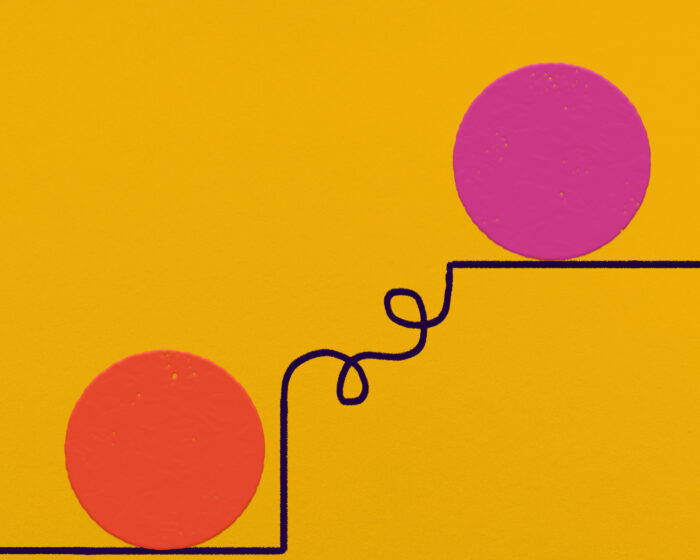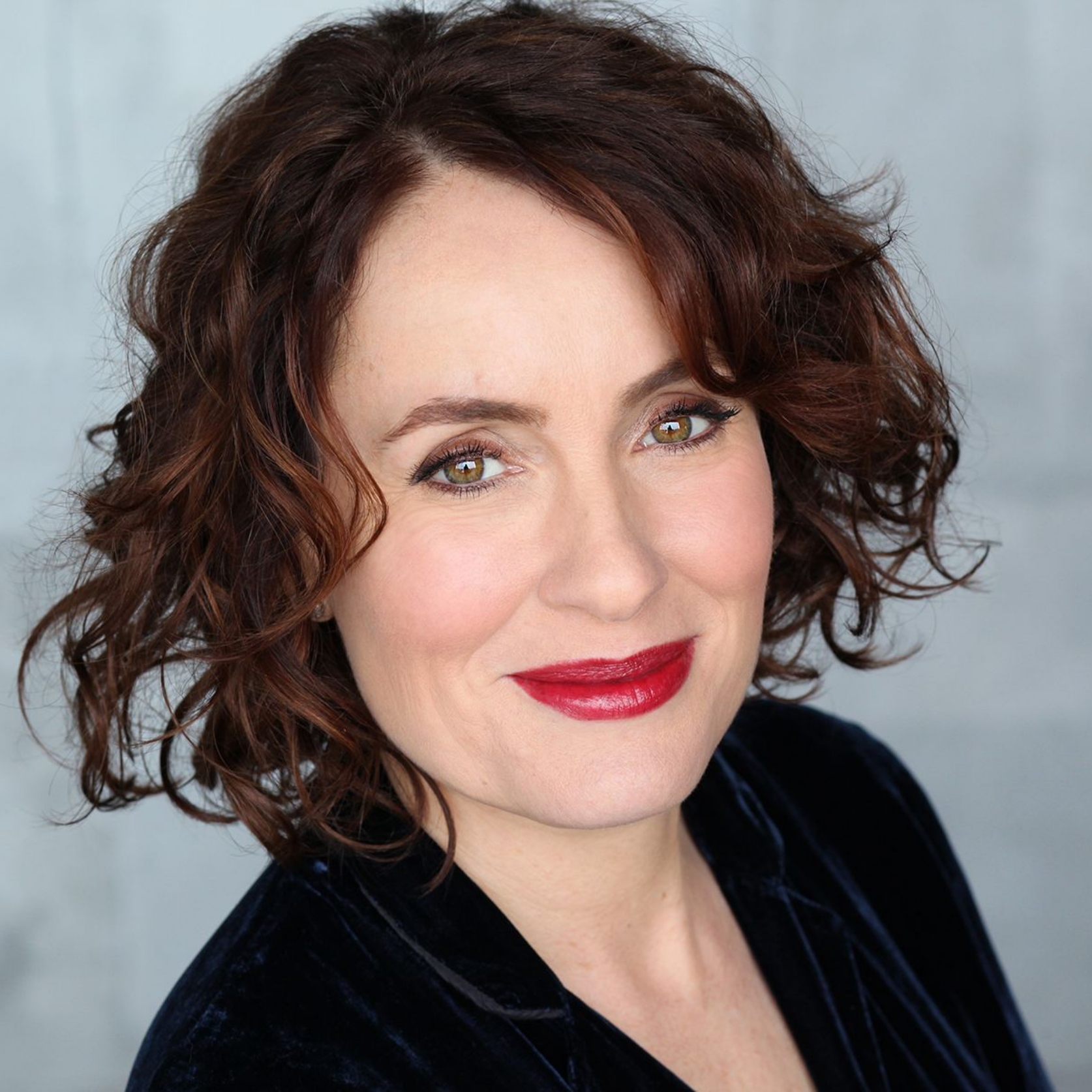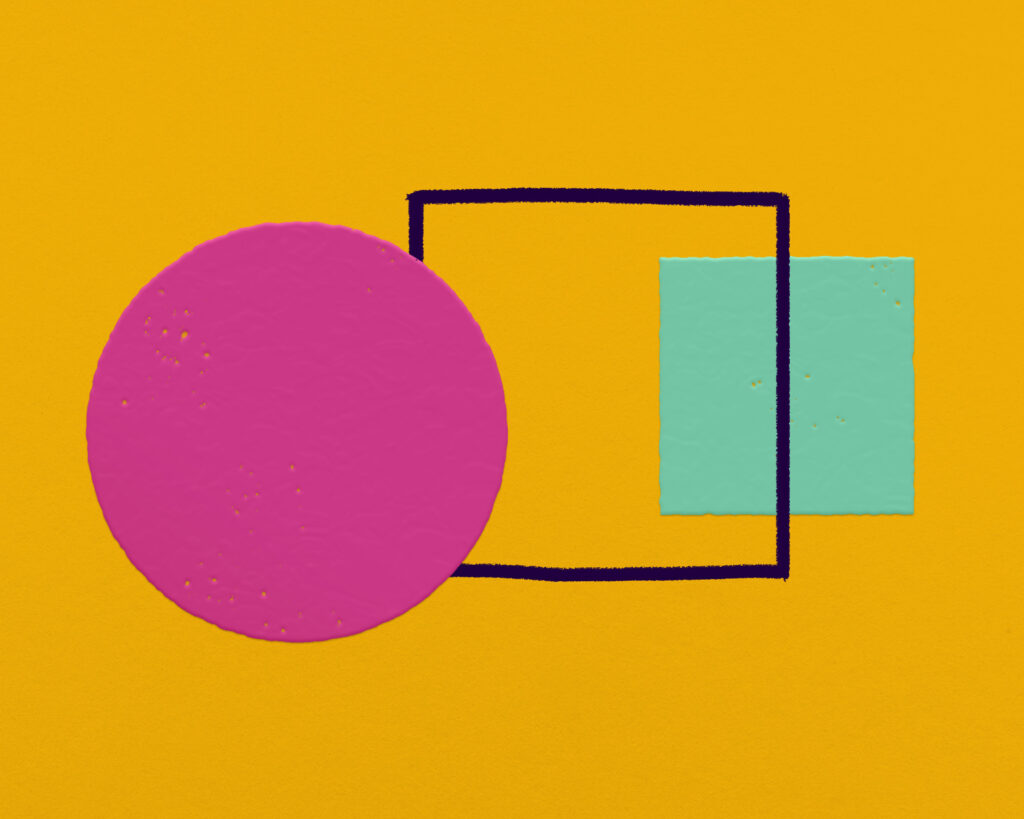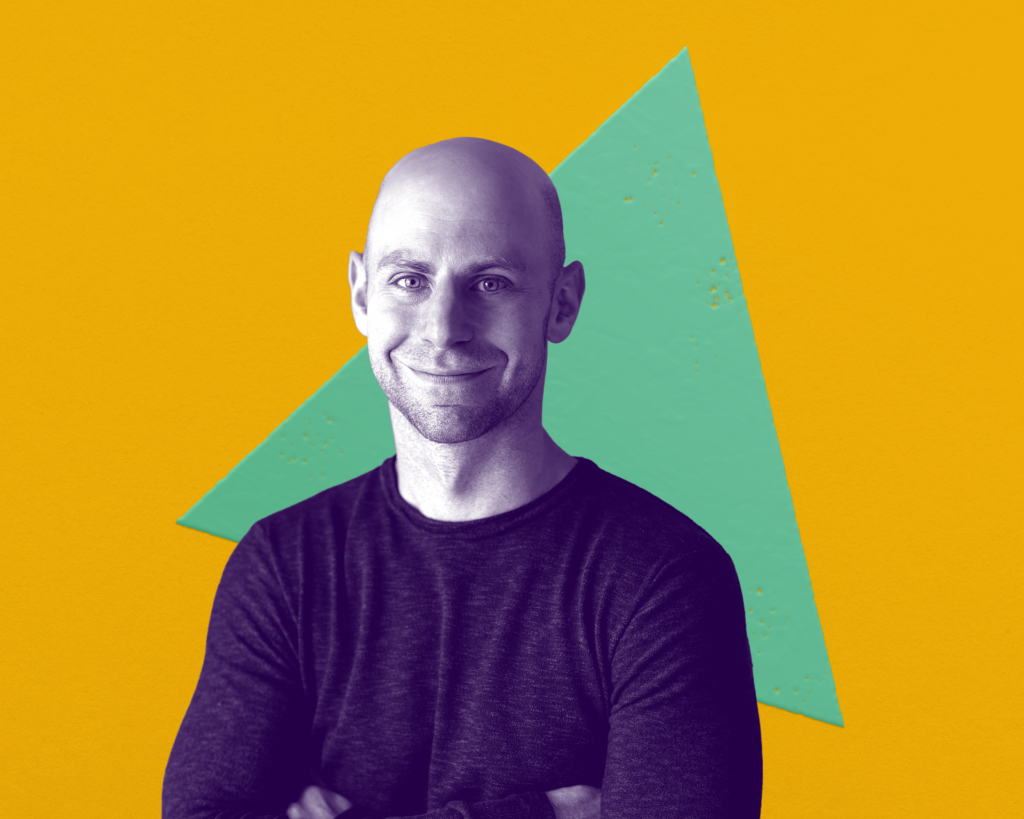“Don’t bring me problems. Bring me solutions!”
“The answer is there—you’re just not looking hard enough!”
“Our company delivers results!”
How many times have you heard some variation of the statements above?
Our culture values the end over the means. We want our kids to get the grades, our employees to finish their tasks, and our entertainment to appear on demand. When we think about the space between Point A and Point B, we want the path to be as straight as possible.
Oftentimes, though, the only road from A to B is meandering, full of pit stops and dead ends. After The Hobbit was a smash hit, J.R.R. Tolkien’s publisher immediately demanded a sequel. It took Tolkien 17 years to flesh out the intricate world of Middle-earth and create The Lord of the Rings. Toni Morrison—winner of both the Pulitzer and Nobel Prizes—worked as an editor for over a decade before deciding she had her own stories to tell. A single mother of two sons, she woke up at 4 am each morning to work on the novel that would become The Bluest Eye.
For both of these writers, the long germination process allowed them to produce books of significant beauty and richness. Rather than prioritize efficiency and sprint to the finish line, they had the courage to sit in the liminal space between conception and completion—a space I like to call “the messy middle.” When you’re in the midst of a project, there is often a period of confusion where you don’t have the answers and the path ahead is unclear. It can be a scary place to be, especially in a society that seems to value productivity and efficiency over everything else.

However, it’s in that messy middle that our growth and our creativity are at their peak, allowing our best ideas to come to life.
When my team is stuck on a problem, I’ve found that it’s often more productive to say “let’s explore” than “let’s hurry up and get this done.” Removing some of the time pressure and acknowledging that you don’t have all the answers provides:
- Breathing room to experiment and innovate
- A foundation of psychological safety for taking risks
Working through the messy middle is like scouting uncharted terrain. You don’t have a map yet, but you do have a compass—your values and your goals. Knowing who you are and who you want to be will help you stay oriented, even when you aren’t sure quite where your path leads. If you have faith that you’ll get from A to B eventually, you’ll be amazed at what you find along the way.






 Take the Quiz
Take the Quiz